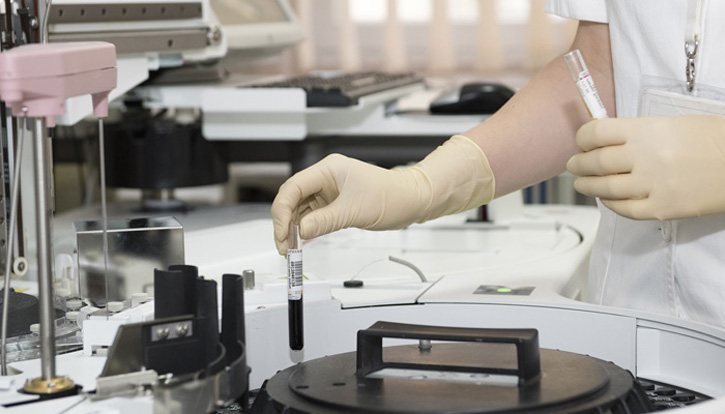Project Description
Analytical Chemistry Laboratory needed for organic beauty products testing: Four samples of organic body balms, 4 samples of organic lip balms and 4 samples of sugar scrub to be submitted in 15 ml sample jars for the following testing. 1. Physical / Chemical Stability Tests a. Temperature Variations: High temperature testing for a predictor of long-term stability. High temperature testing at 37oC (98F). If a product is stored at 45oC for three months (and exhibits acceptable stability) then it should be stable at room temperature for two years. Of course, the product must be stored at 25oC (77F) for a period of one year. A good control temperature is 4oC (39F) where most products will exhibit excellent stability. The product should also be subjected to -10oC (14F) for three months. b. Cycle Testing: The product should pass three cycles of temperature testing from -10oC (14F) to 25oC (77F). Place the product at -10oC for 24 hours and place it at room temperature (25oC) for 24 hours. This completes one cycle. If the product passes three cycles then you can have a good degree of confidence in the stability of the product. An even more rigorous test is a -10oC to 45oC five-cycle test. This puts emulsions under a tremendous stress and, if it passes the test, indicates that you have a really stable product. 2. Microbiological Stability Tests a. Quantitative Tests: Quantitative tests determine the actual count level of bacteria, mold and yeast in a cosmetic product. These tests are very sophisticated and laborious and can be performed only by professional microbiological testing laboratories. Typically, methods for isolation of microorganisms from cosmetic products include direct colony counts and enrichment culturing. Please furnish a quote inclusive of 1 round of testing as well as routine batch testing. Thank you.
Project Information
Number:14-01217

